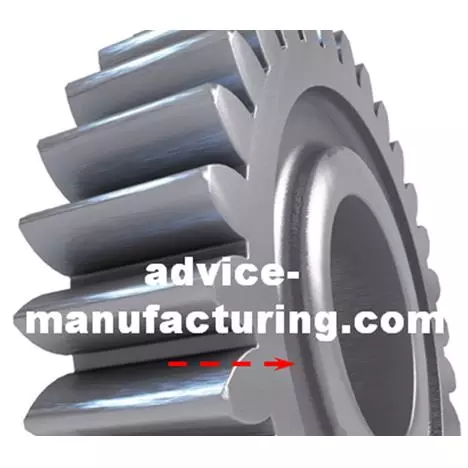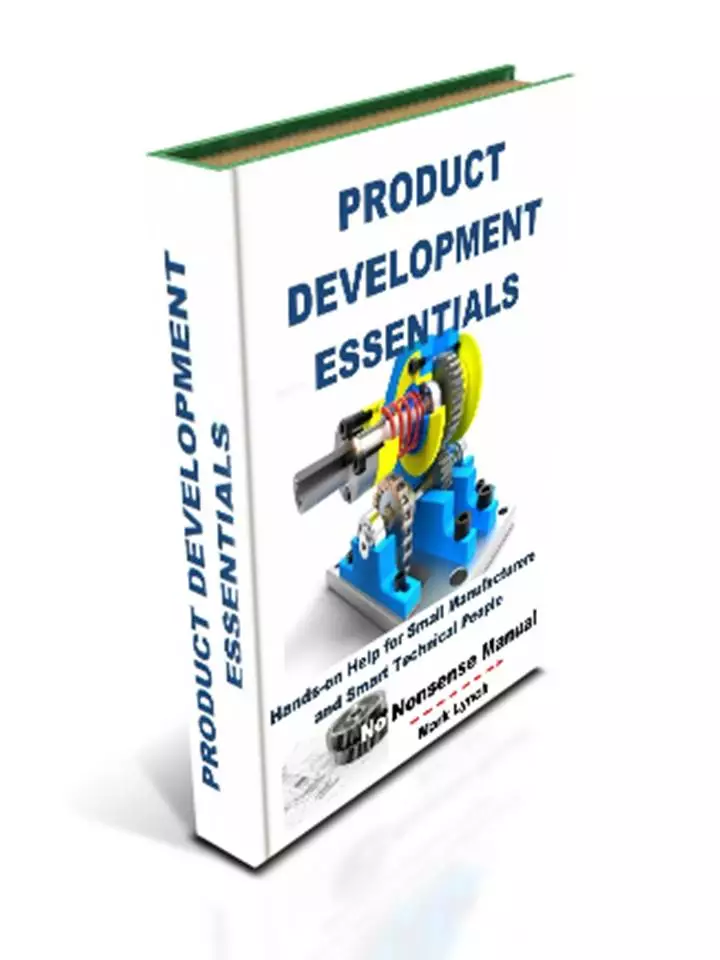'Hands-on Help for SMEs' and Smart Technical People'
Cost and Having the Time:
Overcoming 2 Major Barriers to Employee Training
Familiar Frustrations with Traditional Training Solutions
Barriers to Employee Training...
Research by the Sector Skills Council for Science, Engineering and Manufacturing Technologies (Semta) has identified the biggest barriers to training for many manufacturers. They state the main factors limiting or presenting a barrier to training are the same in both the Engineering sector and the Science industries:
The cost of training and that employers are too busy/availability of time and cannot afford staff to have time off for training. Engineering establishments were asked about what could be done to alleviate barriers to training. The most common steps identified were all linked to limiting the cost of training, these being to provide cheaper training courses.
Related to cost is the disruption (and therefore indirect cost) caused by consultants. This may partially explain why the majority of manufacturers who have approached government backed improvement schemes, tend only to access the website for advice, rather than actually have consultants come into the business.
Overcoming Barriers to Employee Training...
Using the advantages of digital data to really make a difference
One method of delivering low cost training is via the web and other digital media. EBooks and other targeted online material provide best practice information to those who need it. This can include case studies and worked examples of how to implement ideas directly in the workplace. This is all complimentary to employees’ physically trying ideas out, before practicing and perfecting them. Indeed this type of interactive, hands-on approach should be actively encouraged as part of the online message. Web-based data offers substantial value for money compared to other training methods. Other advantages include:
Convenience
Access the specific information you need, when you want. Search for the precise piece of knowledge relevant to the problem you are trying to solve, right there and then. Links can be included to related data elsewhere on the web.
Quick Data Delivery and Dissemination
EBooks are portable, printable, take up no physical space and are very easy to download. They can be instantly delivered, requiring no shipping. The information is accessible to anybody with web access. Also, as well as PCs the information is available for those on the move with devices like laptops, e-book readers, tablets and mobile phones. For the small manufacturer this means information can be taken directly to where it’s needed, wherever that is, be it design office, shop floor, workshop, warehouse, during installation or servicing or just generally in transit.
Customise the info to suit you
Once your best practice information has been delivered digitally it is yours to tailor and adapt as you see fit. Digital information can be customised to suit the specific needs of the individual or team. Training and personal development plans can therefore be tailored to meet the requirements of both the business and the individual. This includes charts, templates and presentations.
As well as cost, Semta found many small manufacturers struggle to provide the opportunities for training, as they cannot afford to have crucial staff take time off for extended periods, particularly together. Overcoming the Semta findings can partially be achieved by proactively encouraging as much ‘on the job’ training as possible. This is often seen as a favourable option, rather than sending key personnel on courses.
Ultimately a very effective, low cost method is to combine the powerful, targeted information delivered via the web with face-to-face interactive communication between people – as part of ‘on the job’ training.
If there is a practical element where trainees physically get involved, there is a greater chance the information will stick and be recalled later. Finally this works best if it involves those who know the business the best – the employees. After all, their livelihoods depend on it.
Why not fully exploit the convenience of digital information, whilst at the same time actively encouraging practical ways for people to apply and implement these great ideas? Use step-by-step instructions, together with examples and case studies to ensure ideas bed-in at your firm and produce tangible results.
Fortunately for you, this is precisely what Advice Manufacturing offers and encourages…
Next... Mapping a modern effective improvement process – Overcoming familiar frustrations
Back to Familiar Frustrations with Traditional Training Solutions











